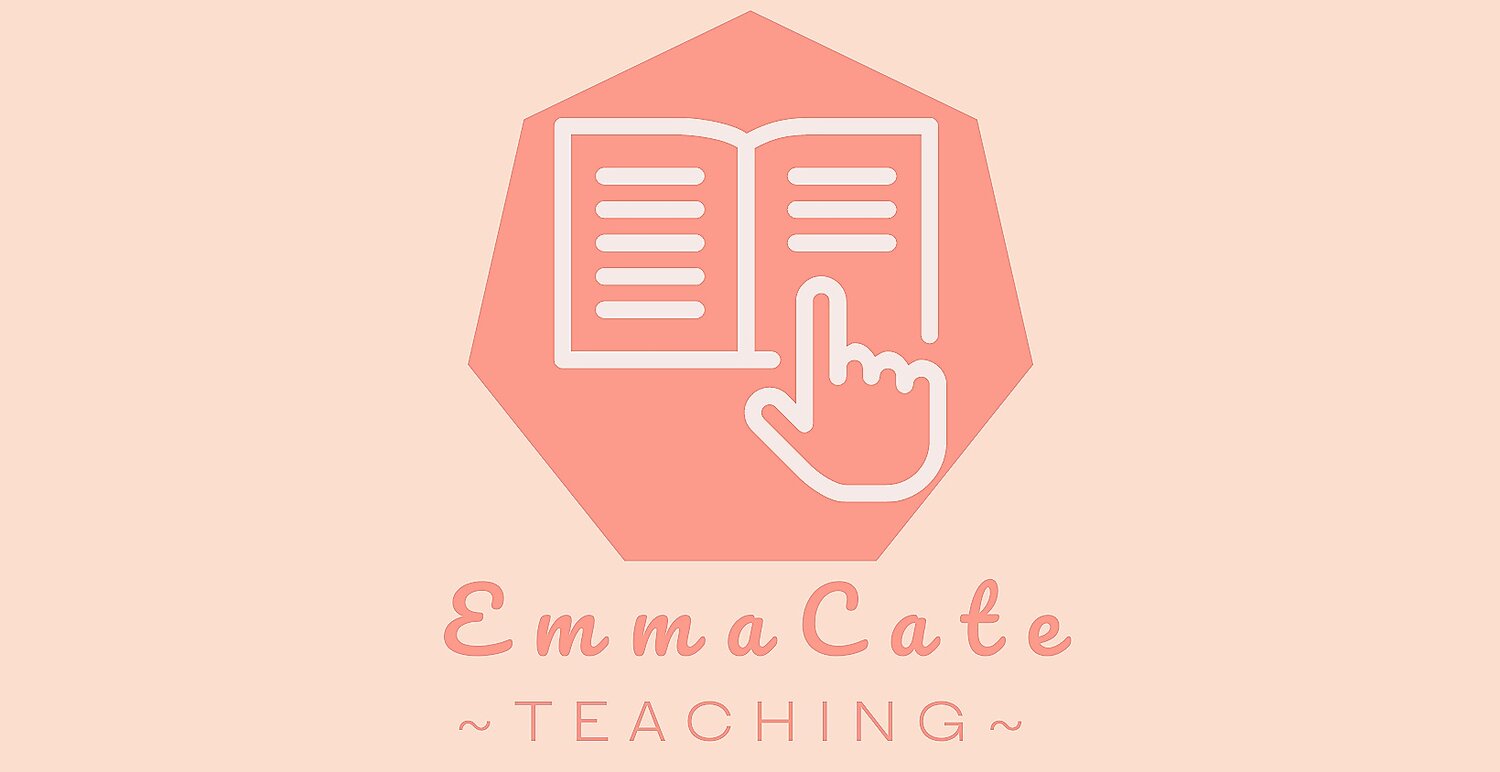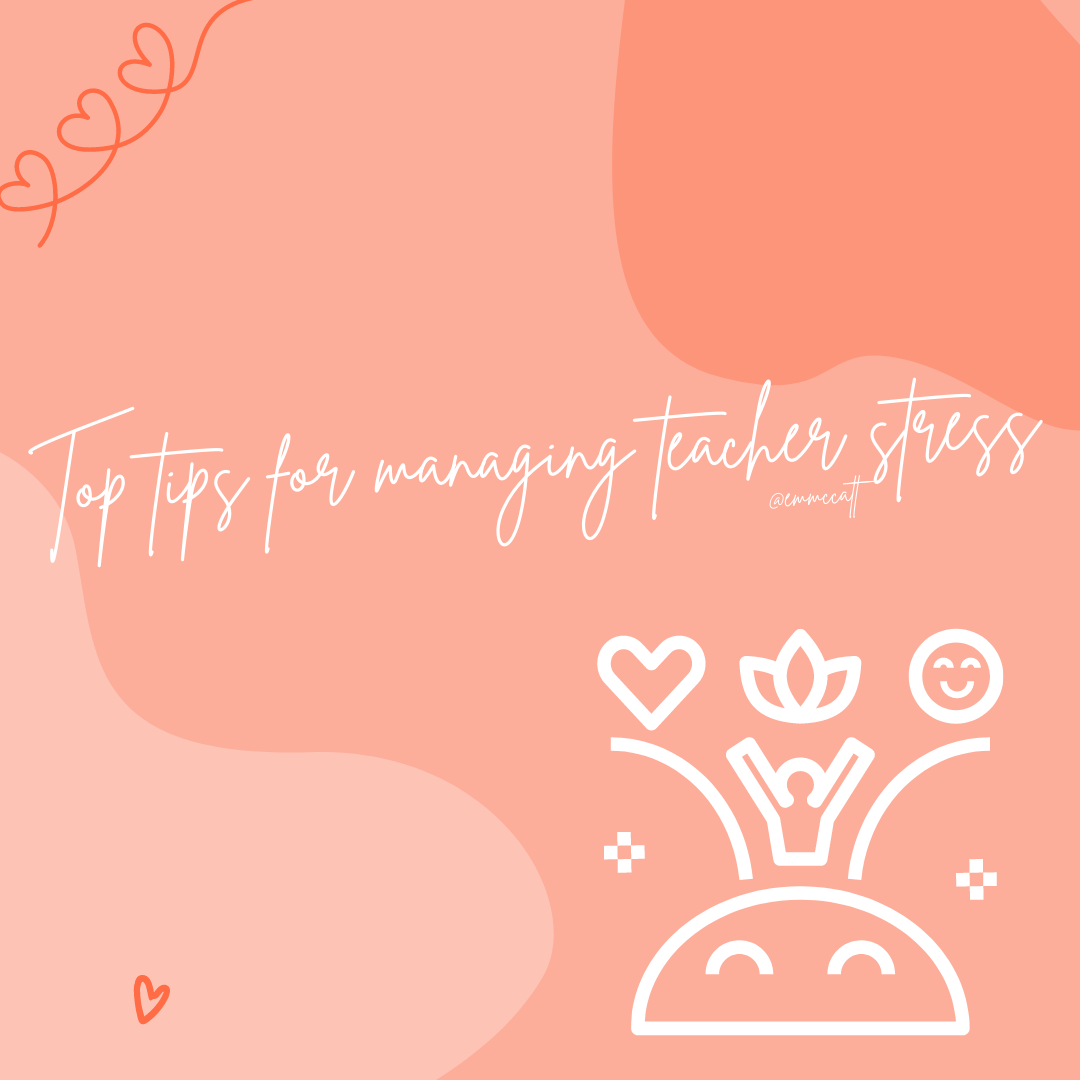Silence can be golden in the classroom
Teachers love to talk but sometimes silence can be incredibly powerful. This is why I am a huge fan of silent modelling. If you’re not familiar with the method, it stems involves the teacher using hand gestures, tables, examples diagrams, and physical objects/manipulatives to model information for pupils, all without involving speech. Communication is via drawing/writing and showing - without uttering a word.
It has been part of my practice for a couple of years. I’ve primarily used it in maths. I have found the mastery approach lends itself perfectly to silent modelling. My method helps if you have an easel that is magnetic so that concrete materials can be used alongside the abstract. For example, if we think about a Year Two partitioning lesson, I use Base 10 as I am writing the abstract method alongside to model each part of the process. This helps reinforce the learning taking place.
I have had discussions with teachers who feel silent modelling should be used upwards from Key stage Two but I don’t think this is the case! Coming from an Early Years and Key Stage One background I have found silent modelling particularly impactful. It is all about framing it in a developmentally appropriate way.
Gathercole and Alloway (2007) put forward that children’s working memory has a limited capacity and due to this when taking part in a demanding task or handling lots of information, the working memory can be overwhelmed for lots of pupils. With cognitive overload in mind, silent modelling works well with younger students as it allows their working memory to narrow down its focus and doesn’t overwhelm it.
A recent study has shown noise affects a child’s cognitive performance. The study puts forward that acute exposure to noise has a negative impact on speech perception and listening comprehension in children. This is particularly evident in second language pupils and pupils with language disorders.
Essentially, because a child’s cognitive functions are less automatised than an adult’s and hold less phonological knowledge there is far more of a strain on their working memory. So if we want the best conditions for learning in the classroom, sometimes silence is the answer. As a side note, this also goes for other noises in the classroom like background noise and adults having conversations at the back of the room!
Questioning at the end of the session is key to the method. When thinking about my own classroom practice I found this has had a marked impact on my questioning at the end of my modelling session. Pupils have longer to process the information and see the method without language. This means they are able to think more deeply about what they have seen and provide full answers after the demonstration about why I have done particular things. When thinking about our EAL pupils and pupils with language disorders this can be particularly powerful.
For them, wordy explanations maximise their processing capacity and can take away from the demonstration itself. Anecdotally, I have found that silent modelling has helped my EAL pupils understand a concept in maths more fully.
A concern I have had from teachers is that their pupils wouldn’t be able to focus as teacher voice is an important part of their practice. Obviously, I can only talk from my personal experience but I have found it an important part of my toolkit when used appropriately.
In terms of focus with my younger pupils, it does take a little bit of training but now you can hear a pin drop when the modelling is taking place! If framed in the right way children see the silence and concentration as a game if framed as, “How much can you tell me about what I have shown you at the end?”. The silence means that the children have to give their ‘visual attention’ which can be very powerful. It empowers the children and allows them to feel that they have created meaning for themselves. Ultimately, I am a big fan of silent modelling. When well planned and used strategically within lessons in conjunction with other forms of teacher instruction, silent modelling can be a very effective classroom tool.















